Apple Mac 30th anniversary: Tracking the Mac through time
We take a look at the evolution of the Mac, the product that catapulted Apple into the spotlight.
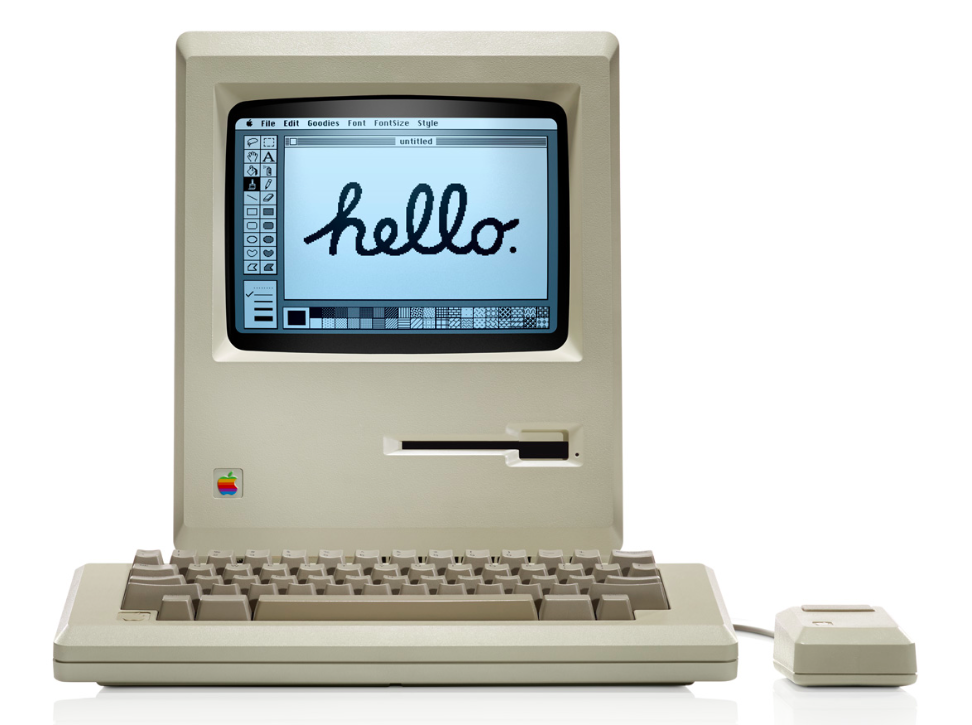
1997 - 20th Anniversary Macintosh Retailing at $7,500, the 20th Anniversary Macintosh was designed for those with Swiss bank accounts. The luxury machine came with leather palm rests, a TV tuner card, special start-up tune, and direct-to-door concierge delivery.
This model of Mac also bears the dubious honour of being one of the first devices killed off by Steve Jobs when he returned to Apple in 1997.
1998 - iMac With Apple close to folding, Jobs wasted no time upending the applecart. He started by redesigning the original iMac. It abandoned floppy disks for USBs and managed to fit the whole machine inside the monitor's eye-catching blue case.
The iMac's all-in-one egg shape was the first design from Apple's current VP, Jonathan Ive. The Englishman went on to design the iPod, iPhone, and iPad and his contributions to the technology world have led to him receiving a knighthood.
1999 - Power Mac G4 The software that came with the Power Mac G4 is better known today than the computer itself. This model introduced Final Cut Pro, a popular video-editing tool used by professionals.
2000 - iBook Apple's clamshell notebook offered a clean white case with bright, iMac-style plastics. The laptop also was the first mainstream computer sold with integrated wireless internet.
2001 - PowerBook G4 (revised) The titanium-cased PowerBook G4 was the first laptop resemble current Apple laptops. Its silver shell enclosed the first widescreen notebook running Mac OS X and iTunes.
Sign up today and you will receive a free copy of our Future Focus 2025 report - the leading guidance on AI, cybersecurity and other IT challenges as per 700+ senior executives
2002 - iMac G4 The new iMac perched an LCD screen on a metal rod above its hemispherical base. The design later featured in a short film by Pixar.
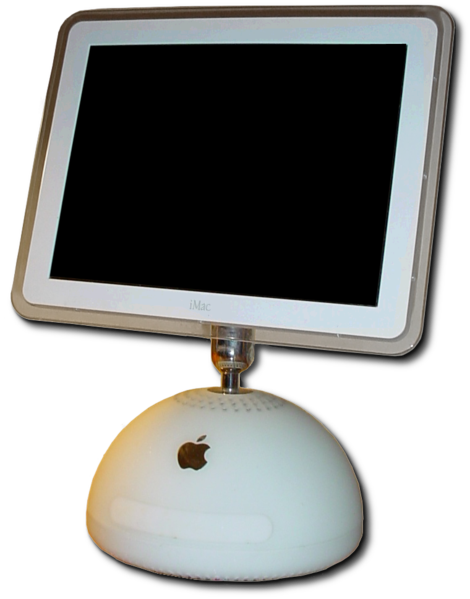
2003 - Power Mac G5 This was the first desktop computer with a 64-bit processor inside a towering aluminium chassis. Ever the salesman, Jobs was quick capitalise on the fact that this was "the fastest computer ever built" at the time.
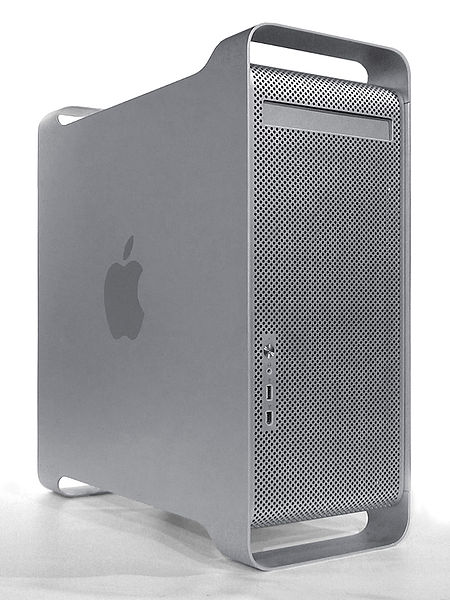
2004 - iBook G4 The iBook G4 included a slot-loading optical drive, GarageBand, iPhoto, and iMovie.
2005 - iMac G5 The new version of the iMac built a camera into the top of the frame for easy video chatting. It was also the last iMac to use PowerPC chips before Apple switched to Intel.
2006 - MacBook Pro Apple used Intel Core chips to power its new line of laptops, which also included a built-in webcam and the MagSafe power connector.
2007 - iMac (revised) In 2007, Apple introduced an iMac with the iconic aluminum unibody design to Apple's desktop machine. Only one screw is visible on the entire computer.
2008 - MacBook Air Apple reinvented the laptop with the MacBook Air. However, the beautiful design came at a price. It had no removable battery, no upgradeable RAM, no disc drive, and no ethernet port. Apple sacrificed everything to make a computer so thin and light that Steve Jobs famously pulled it from a manilla envelope on stage.
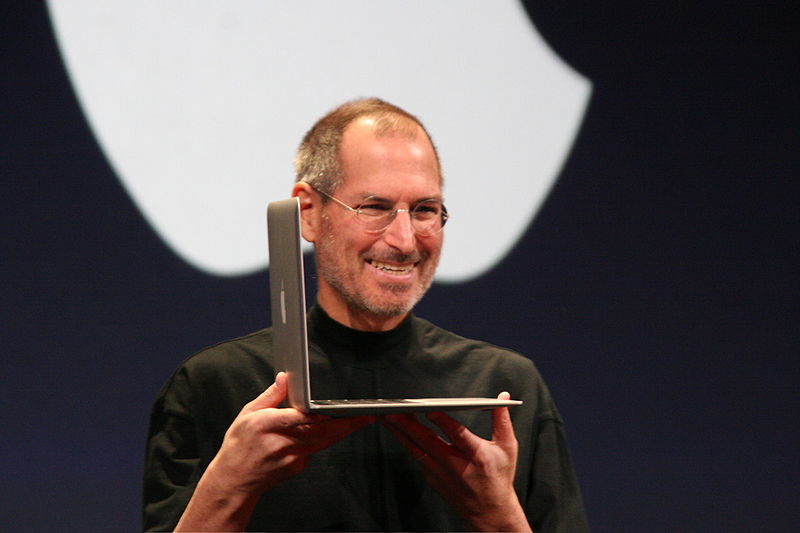
2009 - iMac (revised) The latest iMac came with improved specs and a touch-enabled Magic Mouse, bringing gestures to the desktop.
2010 - MacBook Air (revised) Apple continued to slice off weight on the already paper thin machine. The 2010 version weighed in at 1.32kg lightest computer to date - and also came in a smaller 11in version.
2011 - MacBook Pro (revised) The 2011 MacBook Pro introduced Thunderbolt, Apple's speedy new port, as well as the Mac App Store and an HD webcam.
2012 - MacBook Pro with Retina display Apple proved the rumours true in 2012 with the release of a Retina-quality MacBook Pro. Its 2880 x 1800 display arrived well before high-res display were introduced in Windows Ultrabooks.
2013 - iMac (revised) The latest version of the iMac simplified its design, removing the disc drive and slimming its frame.
2014 - Mac Pro The new Mac Pro marks a radical redesign for the desktop workstation - with a general consensus that it looks like a space-age trash can. It's 10ins tall chassis has an Intel Xeon processor and two AMD FirePro graphics cards built into its tri-core design, making it ideal for video editing.
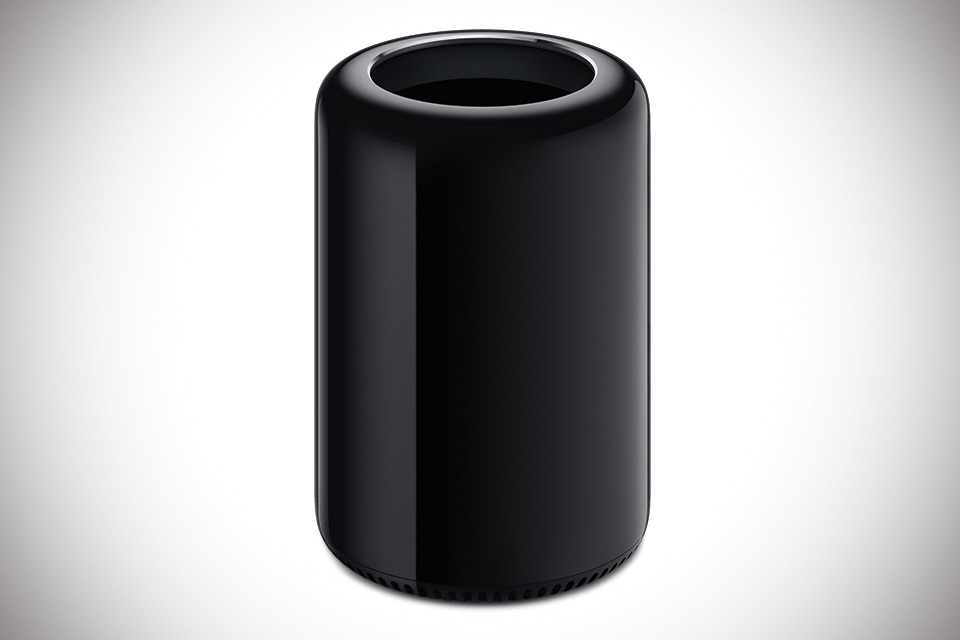
-
 Tapping into the ’touch grass’ movement in cybersecurity
Tapping into the ’touch grass’ movement in cybersecurityIndustry Insights With cybersecurity experiencing a ’touch grass’ moment, what role should resellers play?
-
 Cyber resilience in the UK: learning to take the punches
Cyber resilience in the UK: learning to take the punchesColumn UK law now puts resilience at the centre of cybersecurity strategies – but is legislation simply catching up with enterprise understanding that resilience is more than just an IT issue?
-
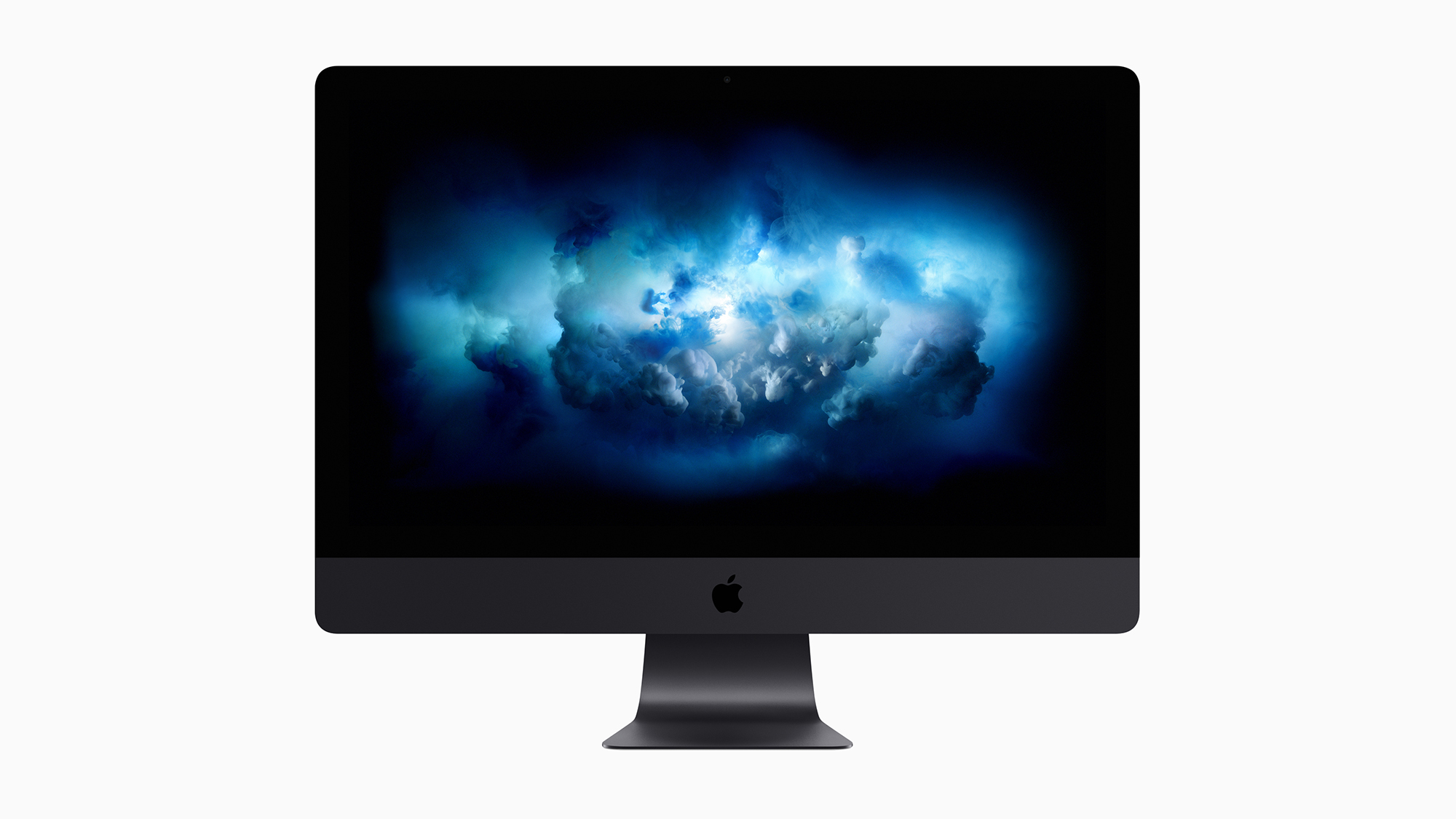 Apple discontinues the iMac Pro
Apple discontinues the iMac ProNews Desktop product shake-up paves the way for new Apple Silicon-powered machines
-
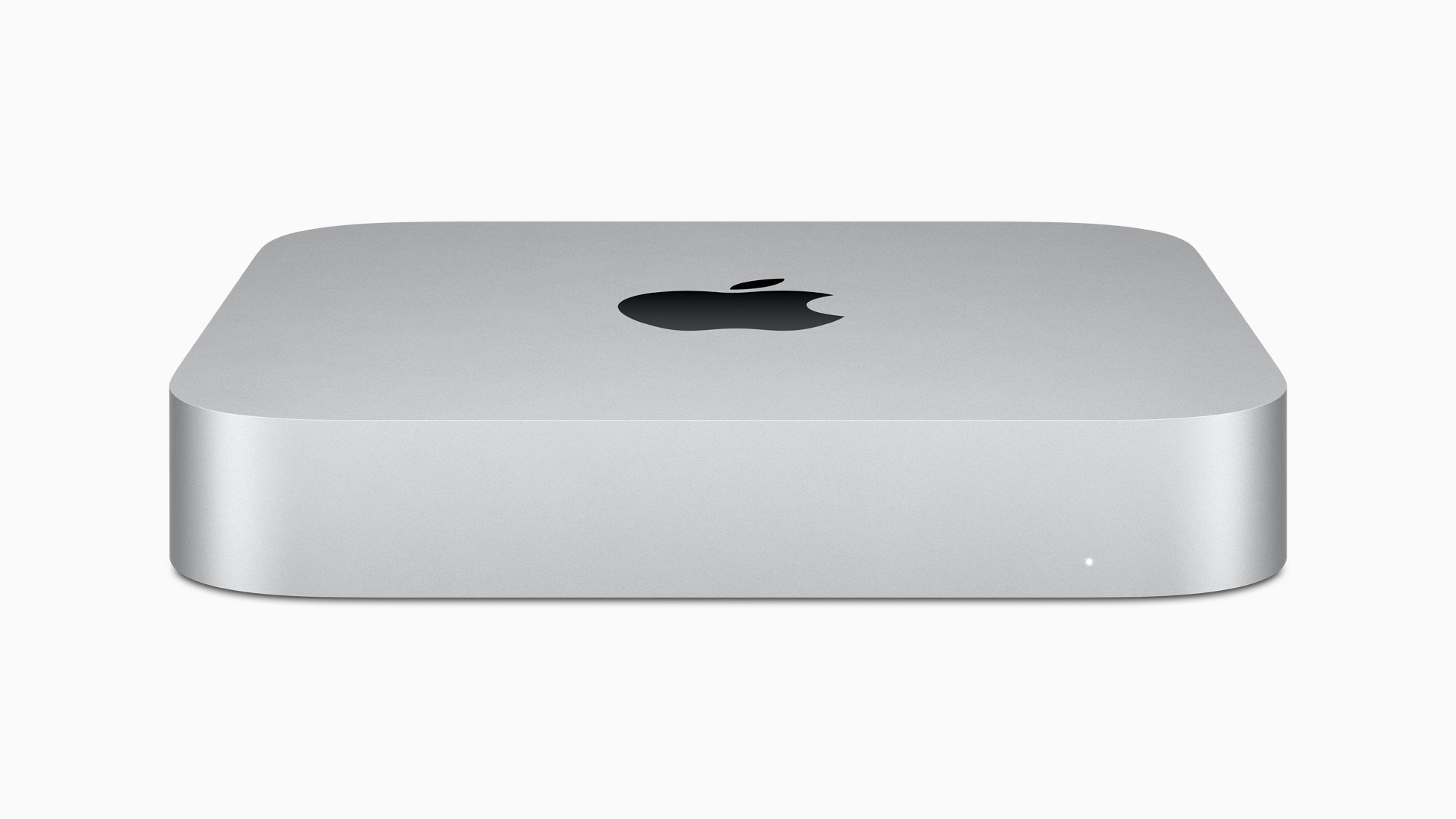 M1 Mac mini users suffering Bluetooth connectivity problems
M1 Mac mini users suffering Bluetooth connectivity problemsNews It’s unknown if the issue is in the new Apple silicon or the Big Sur OS
-
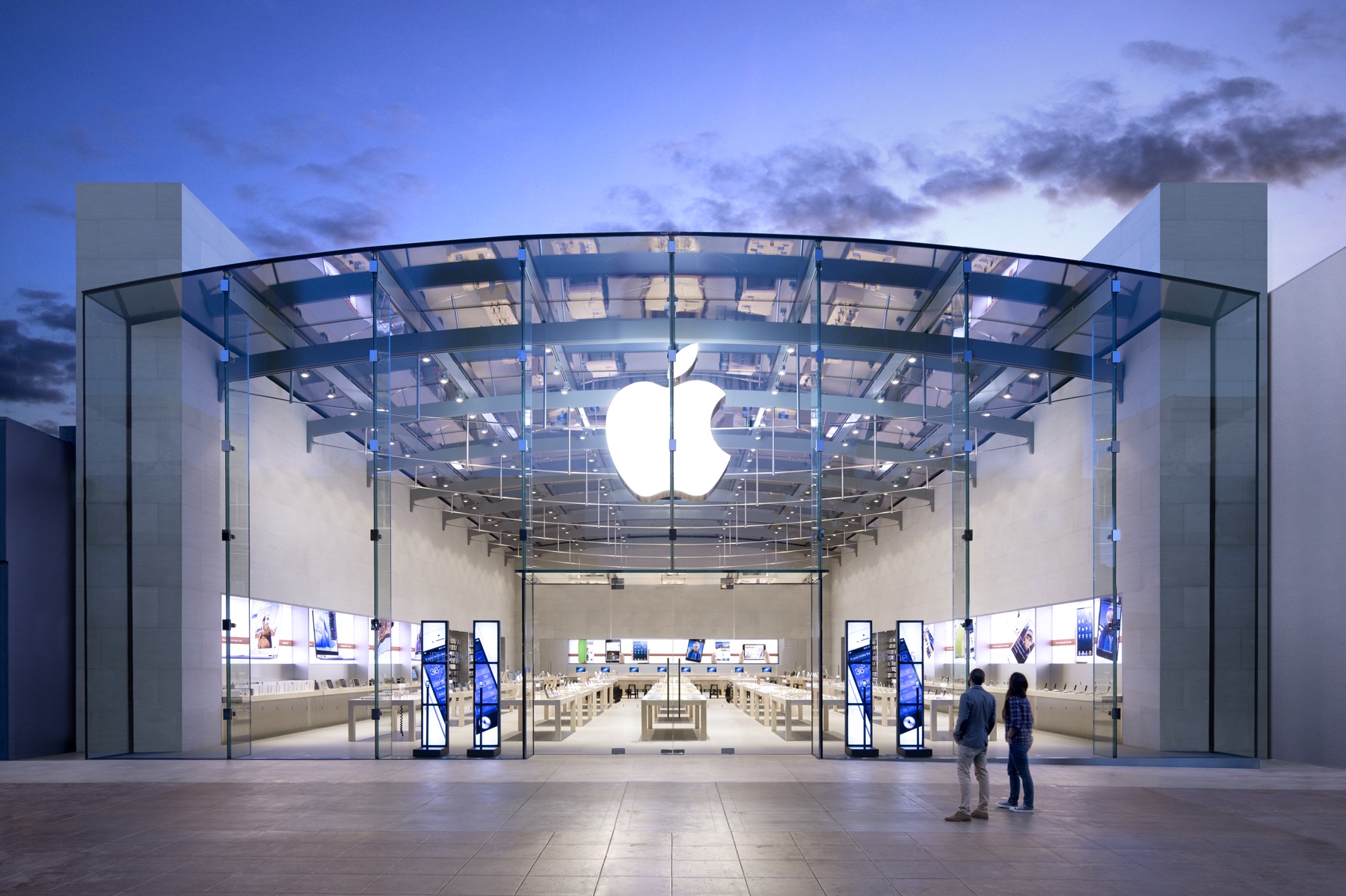 Apple starts accepting Mac trade-ins at retail stores
Apple starts accepting Mac trade-ins at retail storesNews Up until now, you could only trade in a used Mac online, which was unwieldy and time-consuming
-
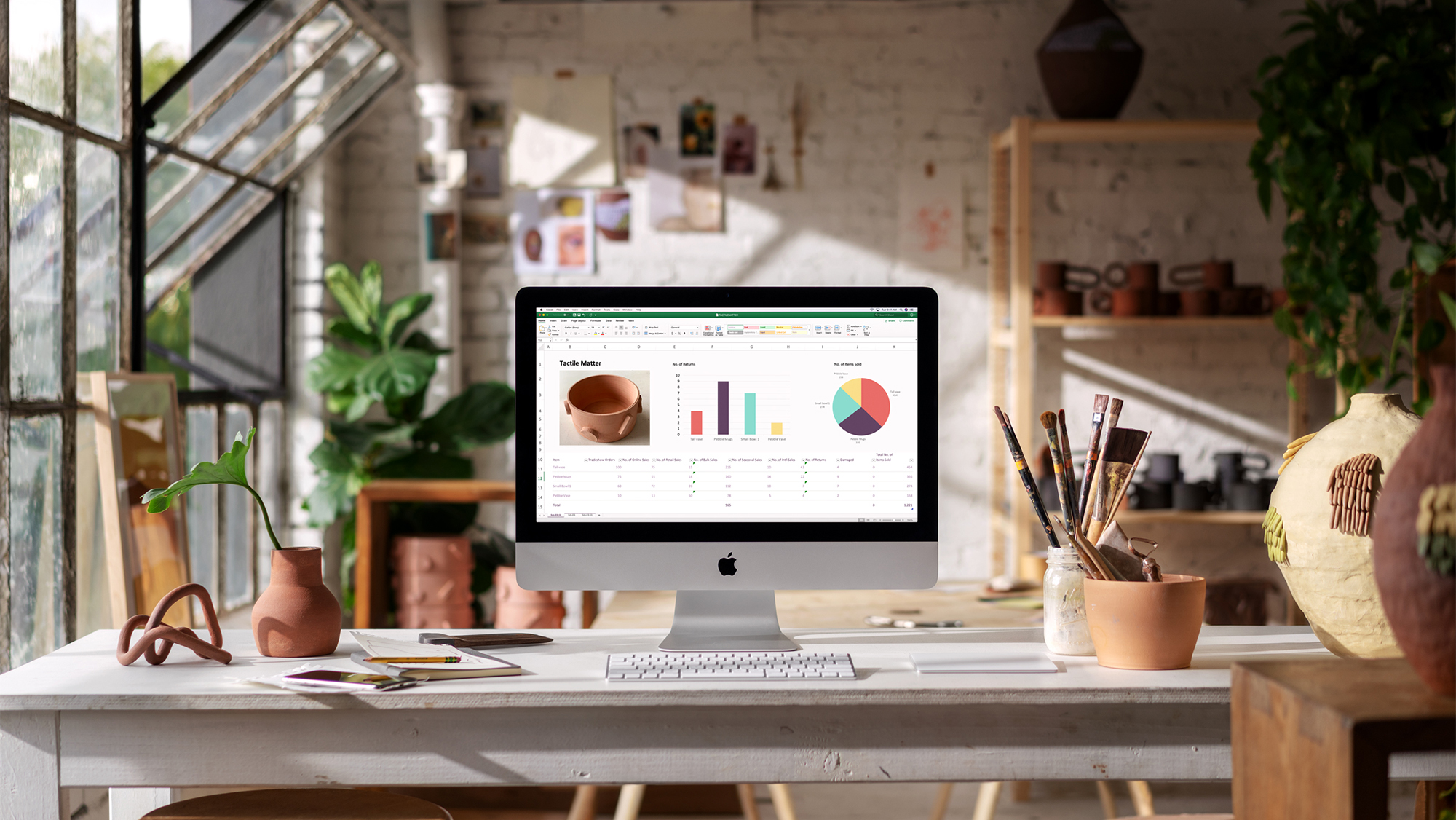 Apple launches surprise desktop iMac and iMac Pro upgrades
Apple launches surprise desktop iMac and iMac Pro upgradesNews New iMac models have up to 9th-gen Core i9 processors and Vega Pro graphics
-
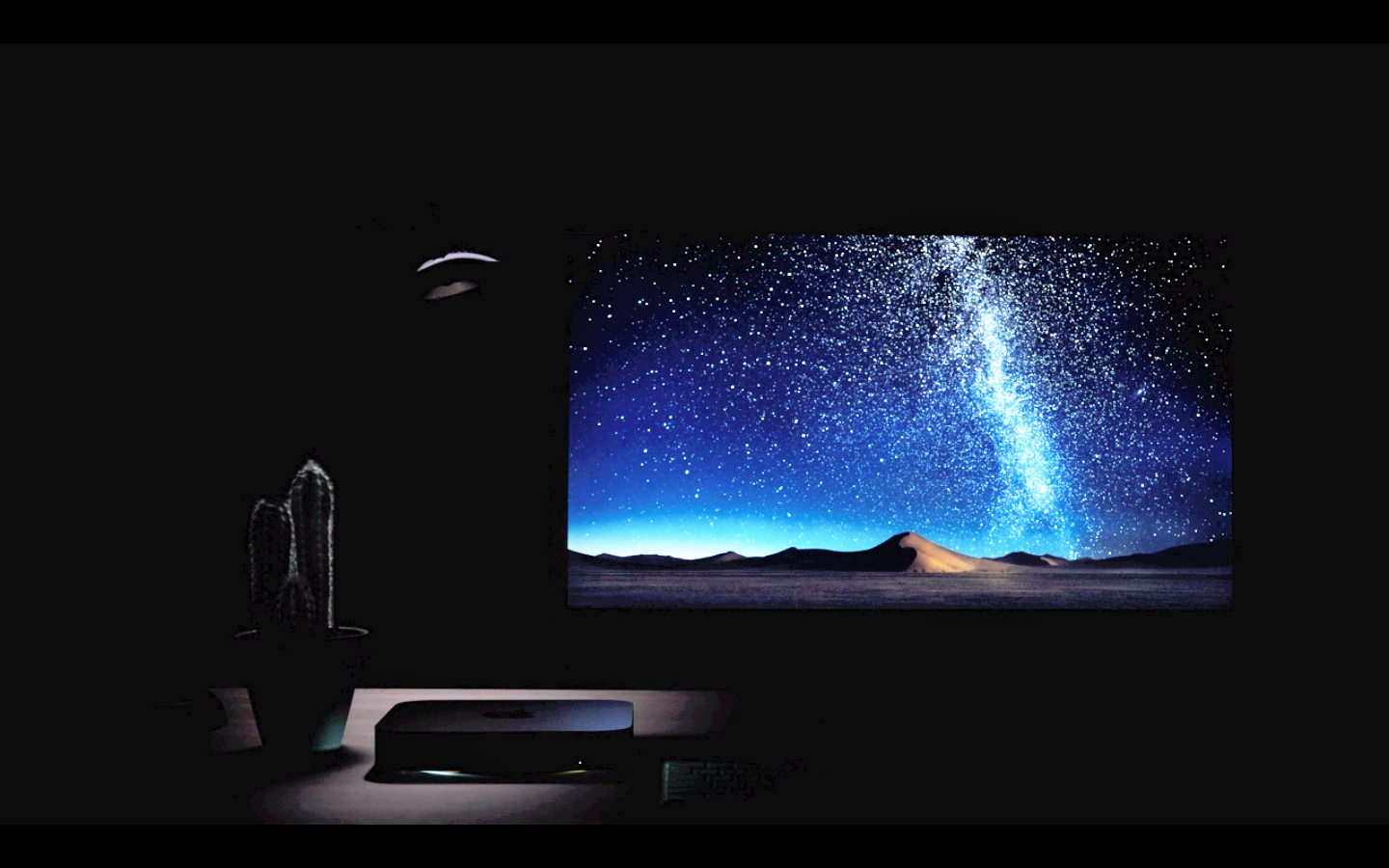 Apple unveils next-generation Mac mini
Apple unveils next-generation Mac miniNews Space grey device with five times the performance has been unveiled at special October event
-
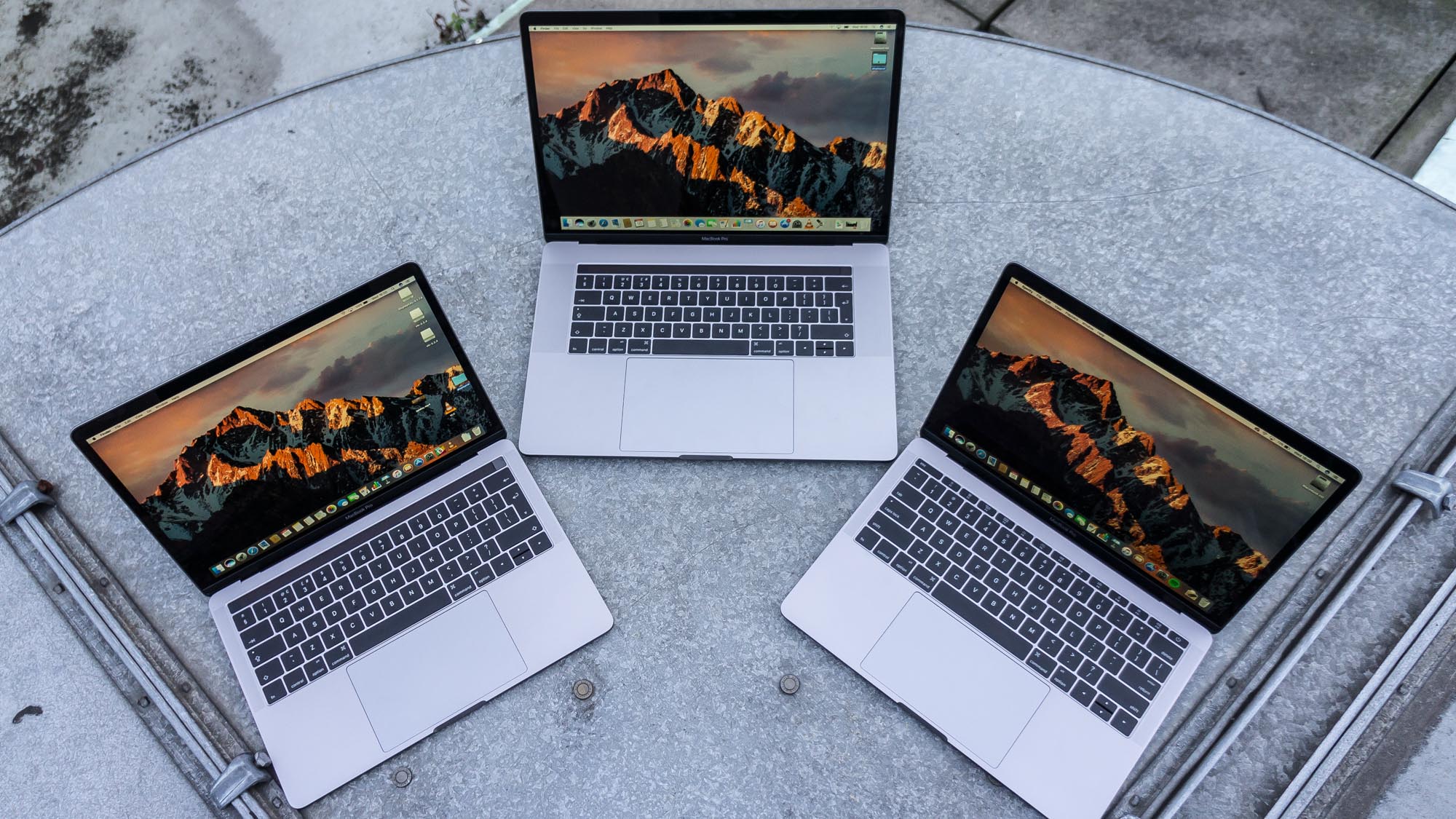 Thousands of Macs exposed to EFI boot-up bug
Thousands of Macs exposed to EFI boot-up bugNews Some relatively new Macs haven't had a pre-boot update since they were first put on the market
-
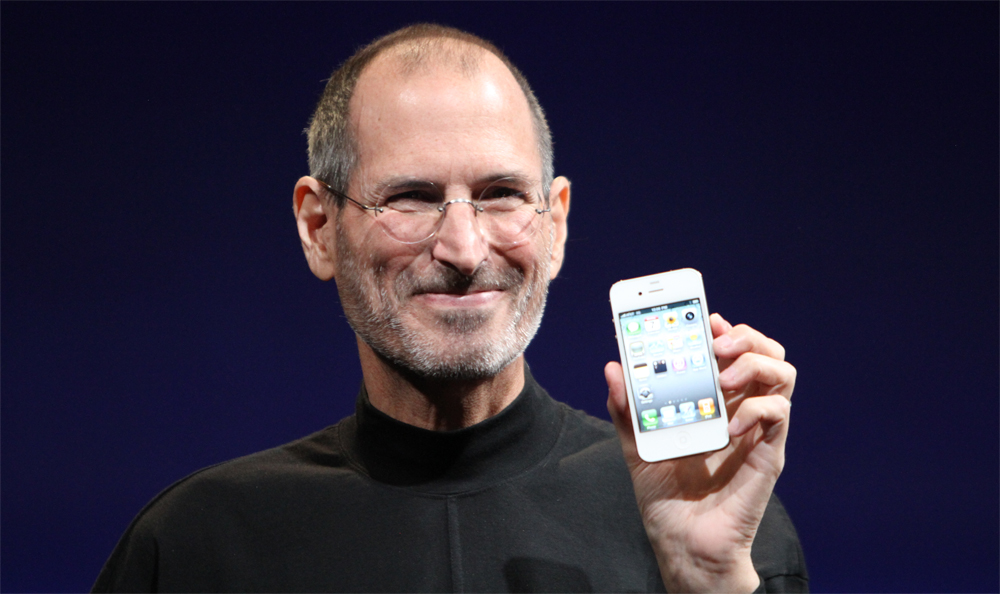 Meet the bonkers interface the iPhone almost used
Meet the bonkers interface the iPhone almost usedNews The original iPhone could have looked very different indeed
-
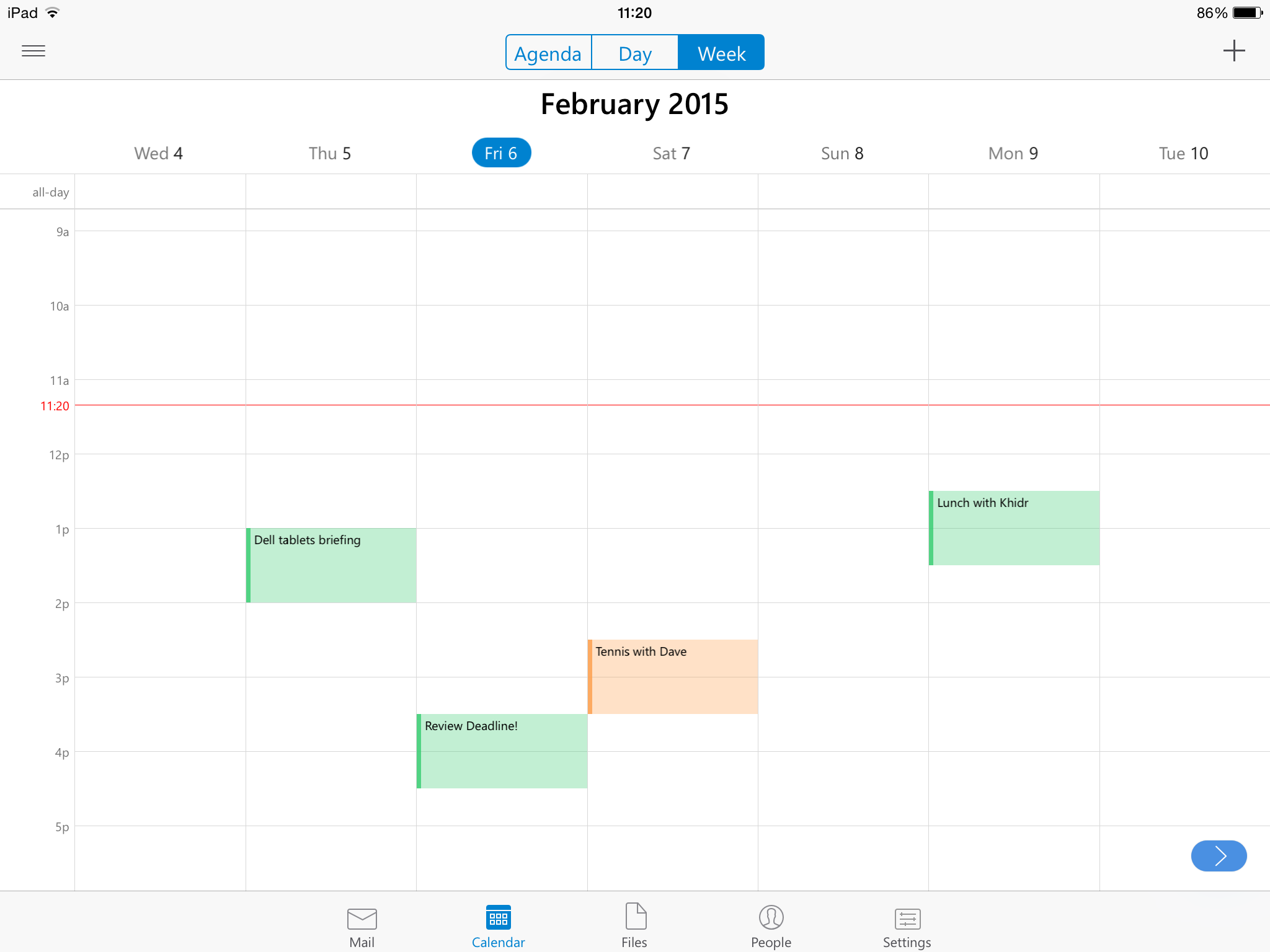 Apple fixes its spammy calendar with Report Junk feature
Apple fixes its spammy calendar with Report Junk featureNews The new option lets you block spam iCloud calendar invites